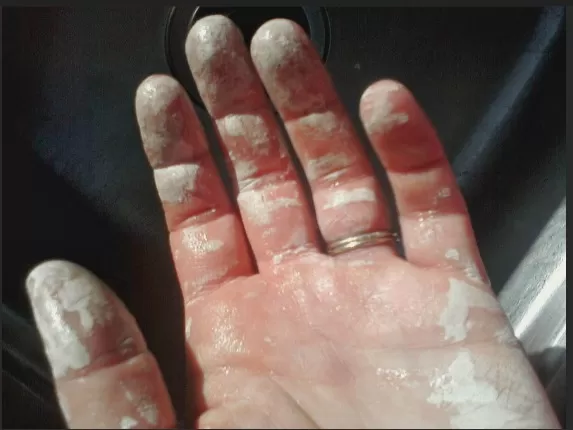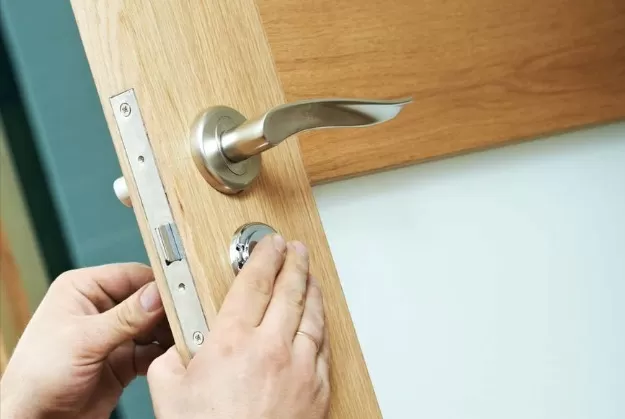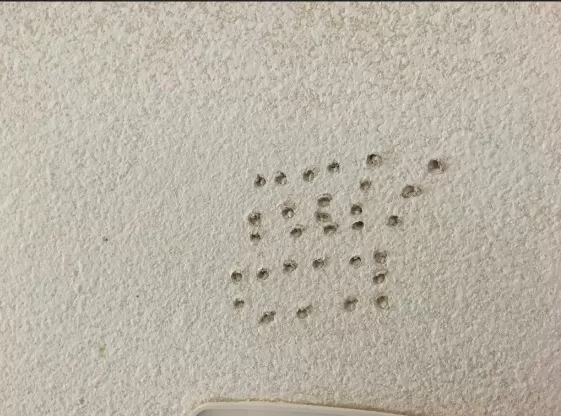Warning Signals: Small Signs of Big Problems in Your House. It’s important to understand that seemingly minor annoyances in your home can serve as early Warning Signs of more significant underlying structural issues.
By recognizing and addressing these maintenance concerns promptly, you can prevent them from escalating into larger and costlier problems. Here are some key indicators to look out for:
Remember, addressing these small annoyances as soon as they arise can save you time, money, and potential safety hazards. If you notice any of these signs, it is advisable to consult with a qualified professional, such as a contractor, engineer, or specialist, to assess the situation and recommend appropriate repairs or preventive measures.
Recognizing and Tackling Issues: Identifying Hidden House Problems

Certain household issues immediately catch your attention, like the distressing sight of raw sewage backing up in your basement shower.
However, there are other problems that quietly infiltrate your home, causing significant damage without your knowledge. It is crucial to address any problem at its initial stages, as allowing a house problem to remain concealed can lead to exorbitant repair expenses down the line.
Stay vigilant and watch for these 15 subtle indications that could indicate a looming major issue if swift action is not taken.
Indication of Termite Infestation: Dried Mud Tubes Found on the Foundation
An additional telltale sign that termites are feasting on your walls is the presence of small, desiccated mud tubes on your foundation.
These tubes typically extend from the ground up to the siding of your home. Termites are subterranean creatures and prefer to remain concealed as they travel between their underground nest and their “dining area” in your house. To camouflage their movements, they construct narrow tunnels, measuring approximately 1/4 inch in width. These mud tubes can be constructed either on the exterior or interior of your foundation. Therefore, if you have a crawl space, it is recommended to periodically inspect the area using a powerful flashlight and carefully examine for the presence of these tubes at least once or twice a year.
Difficulty in Closing Doors: An Indicator of Structural Changes

When a door that used to effortlessly close begins to stick or refuses to close altogether, it serves as an indication that there has been a shift in the structural integrity of your home.
There are several potential causes for this issue. One possibility is the presence of expansive clay soil, which expands when saturated and exerts pressure on the foundation, leading to movement.
Alternatively, it could be a result of the natural settling process. Regardless of the specific cause, it is essential to conduct an inspection when a door no longer functions properly.
Engaging a reputable contractor can help identify the underlying problem and provide guidance on the necessary steps to safeguard your home.
Indications of a Sloping Floor: Potential Structural Issues
A subtle slope in your floor may go unnoticed unless you observe a marble rolling or water pooling in a specific area.
However, such an unevenness can signify a significant problem. When a previously level floor develops a slant, it suggests that one or more of the floor’s supporting joists may have deteriorated or fractured, causing the floor to settle in that particular region. To address this issue, it is advisable to consult a structural engineer who can examine your home’s structural support system. They will be able to assess the situation and recommend an appropriate repair method, which may involve replacing one or more of the floor’s structural elements. Swift action is crucial to prevent further damage and maintain the stability of your home.
Indications of Termite Infestation: Tiny Holes in Drywall or Wood

Although they may appear harmless at first glance, these small spots can indicate a challenging situation ahead.
Even if they seem like a cluster of minuscule dots on your wall, each measuring no more than 1/8 inch in diameter, they are far from innocent. In fact, they are likely flying termite exit holes and can be a clear indication of an active termite infestation.
Flying termites create these exit holes by chewing through drywall, allowing young termites to escape. Subsequently, other termites seal these holes with a plaster-like substance composed of wood fiber and their own waste.
If you discover termite exit holes, it is imperative to contact an exterminator without delay to address the infestation promptly and effectively.
*The information is for reference only.